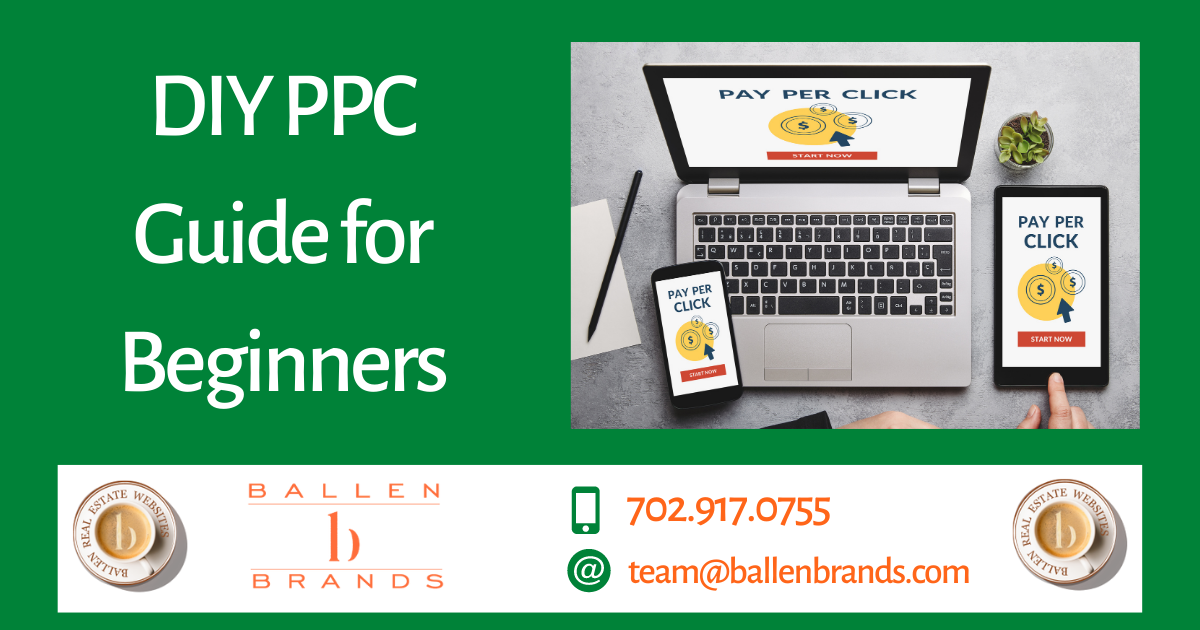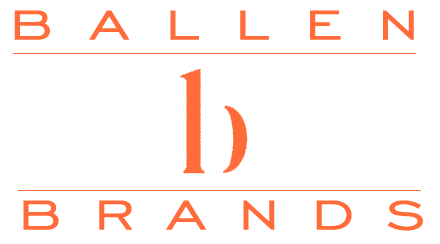? 8 Minute Read
You’ve been tinkering with the idea of trying your hand at pay-per-click advertising (PPC), but you haven’t yet made a move.
It’s intimidating and costly if you’re not familiar with the process. To get you started comfortably, here’s a DIY PPC guide for beginners.
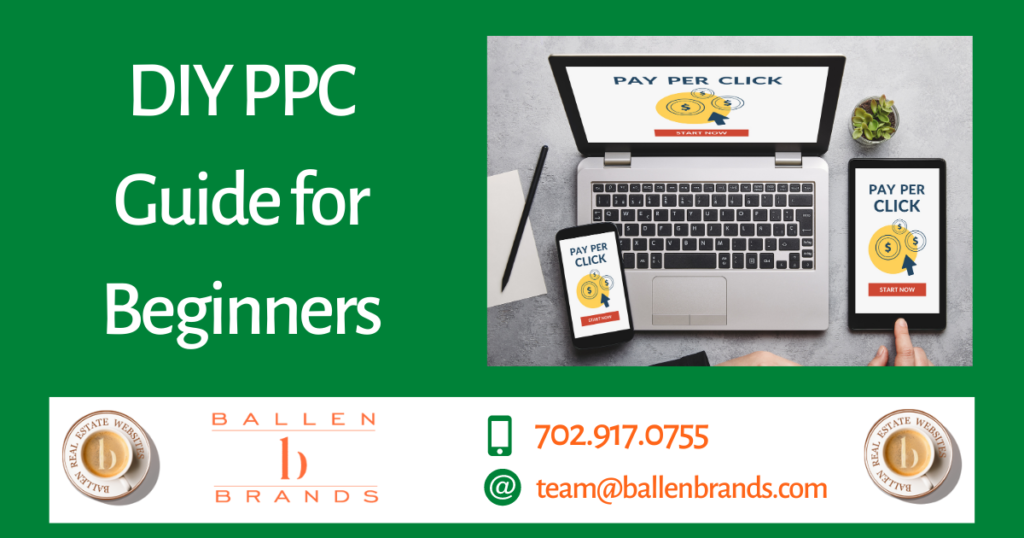
9 Steps to Get Started with PPC
PPC is a lucrative yet complicated digital marketing endeavor. While you can drill down deep into the core of PPC with intricate layers and details, a general overview will position you to start exploring your options.
Here are nine basic steps to get you started with pay-per-click advertising:
- Know your audience
- Define your goal
- Develop a keyword strategy
- Prepare your landing pages
- Design your ad
- Determine your budget
- Set your schedule
- Track and measure
- Conduct A/B testing

What is Pay-Per-Click Advertising?
As the name implies, pay-per-click advertising is a form of digital marketing that means you pay a fee every time a web user clicks on your ad. With PPC, you have the potential to get semi-instant results, and you only pay when someone opens your link. It’s the quick and easy way to get your brand, service, or product to the top of search engine results. Unfortunately, you also pay when someone clicks by mistake or when they’re just browsing with no intent.
Pay-per-click advertising is available on all of the major search engines like Yahoo! and Bing, but Google is unequivocally the top player on the pay-per-click playground. Google allows you to benefit from Google Ads (formerly Google AdWords), Google Keyword Planner for keyword strategies, and Google Analytics to track and measure the results of your ad campaign.
The Difference Between Clicks and Impressions?
An impression is when your advertisement is displayed on the search engines so that it’s visible to viewers.
For example, your ad may have had 1,000 impressions, meaning it showed up in search 1,000 times.
Some advertising platforms charge per impression rather than by click. CPM stands for cost per thousand impressions, which is not the same as PPC.

PPC is when a viewer sees that impression, takes action, clicks through, and opens your link, triggering a charge to your account.
In time, with experience, you’ll be able to assess approximately how many impressions it takes to get a click on average and how many clicks to convert a lead.
In addition to PPC and CPM, the realm of digital advertising has several acronyms with which you’ll need to be familiar, including CPC, which means the cost per click, and Max CPC, the absolute maximum amount you’re willing to pay for each click.
What’s the Difference Between SEM and SMM?
SEM stands for search engine marketing, or pay-per-click advertising, on search engines like Google, Yahoo!, Bing, and more.
SMM is an acronym representing social media marketing, which still operates on a pay-per-click basis, but specifically within their own platforms such as Facebook Ads, Instagram, Pinterest, and YouTube.
The Difference Between Organic Traffic and PPC
Organic traffic means that your website’s content attracts visitors without paid advertising. It grows naturally over time if you have a good content strategy.
PPC is website traffic that you pay for.
Organic traffic is imperative for all websites. Your content – articles, blog posts, and videos – is what draws your users in, keeps them on your website longer, and inspires them to come back for more.
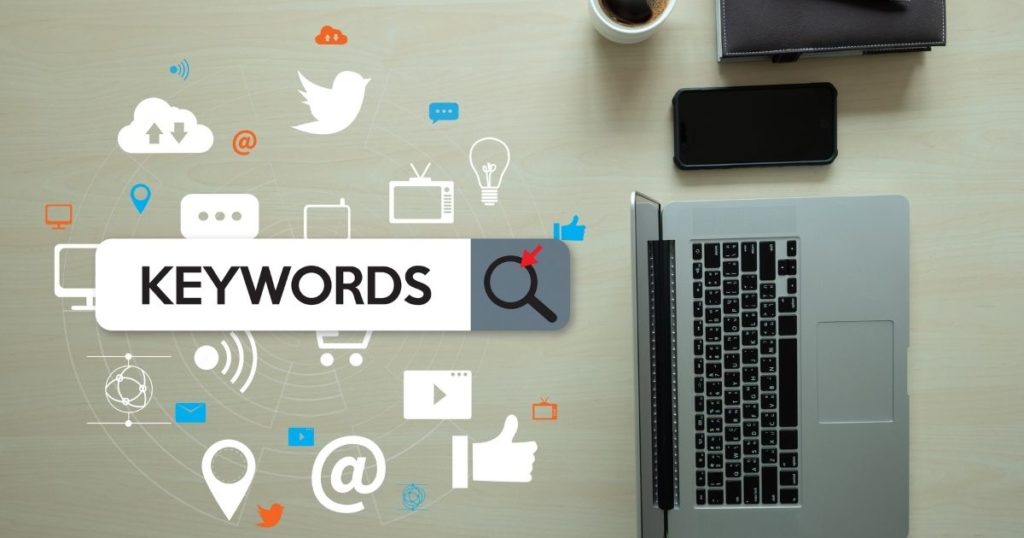
You build your organic content around keyword strategies and deliver valuable information that appeals to people who are searching for your products or services. The downside is that it takes time – months, even a year or more – to see results from your organic content marketing endeavors.
On the contrary, PPC advertising, which is still based on keywords, can get you immediately to the top of page one of Google’s search engine results page (SERP). The caveat is that the word “ad” is highlighted beneath your post. Some people have learned to lessen the value of or ignore the paid ads and scroll down to organic content.
Know Your Audience
To be successful with PPC, you’ve got to have a crystal-clear idea of who your ideal client or customer is.
- How old are they?
- Where do they live?
- What occupations do they have?
- What income bracket are they in?
- What are their interests?
There are multiple reasons you need a well-defined customer profile.
First, it’s imperative to understand the language your audience speaks so that you can talk directly to them in a way they relate to and tailor your content to their needs.
Second, you’ve got to grasp the problem they’re having and offer a viable solution.
Third, you can reduce your PPC costs by choosing only to show your ads to people who meet your specific criteria, your customer profile. This refining of your audience is called demographic targeting. You show your ad to fewer people, but the people you show it to are more likely to take an interest.
For example, if you’re a real estate agent who is targeting millennials, it doesn’t make sense to spend money advertising to people over 50. On that same token, if you specialize in senior living, then why market to the younger crowd? If you’re a luxury property specialist, you wouldn’t want to market to people under a certain income level.
Demographic targeting allows you to reach the people who are looking for what you have to offer.
And finally, you’ll do well to research what those people are searching for online. What keywords or keyword phrases are your potential clients entering into Google?
You’ll structure your ads around those keywords to find people who are searching with the intent to purchase or, at the very least, learn more about who you are and what you offer, raising brand awareness. But before you identify your keywords, you’ve got to set your campaign’s goal.
What is Your Goal for Your PPC Campaign?
Now that you’ve identified your audience, developed demographic targeting, and established a keyword strategy, it’s time to determine the goal of your ad. Your goal might be to:
- Raise brand awareness
- Get website traffic
- Gain social media followers
- Capture leads
- Make sales
Your call to action, or CTA, is based on your goal.

A call to action tells the viewer exactly what you want them to do when they see your ad, such as:
- Call now
- Contact us
- Learn more
- Subscribe here
- Book an appointment
- Schedule a showing
- Download an offer
- Follow us on Facebook
- Join the group
How Do Keywords Work with PPC?
Your prospects are looking for something specific, and to find it, they’re typing their query into a search bar. The trick, the magic sauce, is to know what those queries are. There are ample resources online for researching keywords, but Google Keyword Planner is your best option when working with Google Ads and PPC.
With Google Keyword Planner, you can find out what keywords your prospects are using, as well as related keywords. You’ll get estimates on how many searches a keyword gets per month, see the average cost for that keyword, and more.
Another excellent resource for keyword research is SEMrush.com.
All of your ad campaigns are built on keywords, so have a keyword strategy in place before you start investing.
Are Your Landing Pages Prepared?
When you want to convert your ads into leads, your links should direct visitors to landing pages, not to a page on your website (unless your only focus is on gaining website traffic). Landing pages notoriously convert better than website pages.
Because a landing page doesn’t have distractions like navigation links, long-form content, or any other ads, the focus is clear: capture the lead.
To capture a lead, your landing page would contain an offer, such as a free eBook, checklist, toolkit, guide, home valuation, market report, or another gift. On your landing page, you’d clarify the offer’s benefits, such as a bullet list of features or what the reader will gain.

In exchange, the viewer provides you with their email address.
For example, your ad could read, “Get Your Free Home Valuation.” When the user clicks the ad, they’re directed to a landing page highlighting the benefits of having the estimate. Then, they enter their email address to receive what you’ve promised.
Once the viewer has received their free gift, your “Thank You!” landing page can redirect them back to your website through another link or button, thereby increasing your website traffic, too.
PPC Campaigns and Groups
A PPC campaign is the name of your marketing project. On an extremely broad scale, you could use the campaign name, “Real Estate Agent.”
Within the campaign, there are ad groups, a way of organizing your keyword structure. In this case, ad groups might include:
- Las Vegas Real Estate Agent
- Luxury Real Estate Agent in Las Vegas
- Senior Living Las Vegas Real Estate Agent
- Residential Las Vegas Real Estate Agent
- Las Vegas Military Real Estate Agent
Your keyword groups should blend seamlessly with your ad text and landing pages. They should all share the same message and branding. When Google recognizes the synchronicity of your content, it lends you more search engine and PPC credibility.
You can also set dates for your campaign, meaning you can let it run for a week, a month, or indefinitely, depending on your goals and budget.
Your Ad’s Quality Score in PPC?
Google cares about the quality of ads that it places on the front page of the search engine results. Their focus is user experience (UX). The company strives to keep ads relevant and useful to viewers.
To maintain this standard, Google has established a system for scoring your ad’s quality to determine where it’s placed on the SERP. The scoring method evaluates:
- Your click-through rate, or CTR, is how many times people have clicked on your ad
- The way your keywords relate to your ad groups
- The quality of your landing pages and their relevance to your ad
- The way your previous ads have performed
When combined, these elements determine your quality score and influence the cost of your ads.
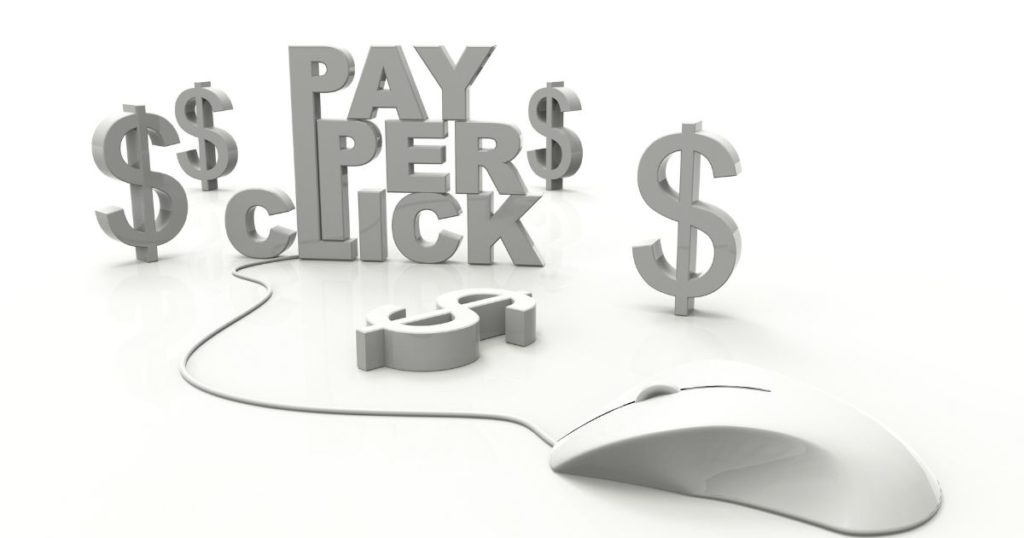
PPC Auctions and Bids
When you pay for Google Ads, you don’t pay a flat rate; the cost varies. Other people are competing to use the same keywords and space on the SERP that you’re aiming for. To win the auction, you have to out-bid the others in both price and quality score.
For example, you might set your limit at $2.00 per click, whereas your competitor might be willing to pay $2.50. In that case, the other bid would win because of the higher limit, provided they have a high-quality score. But if their score is lower than yours, your $2.00 could beat their $2.50.
Track and Measure PPC Ad Results?
Once connected to your Google Ads account, Google Analytics will show you how your ad is performing. Once the two accounts are aligned, you’ll receive insights about who is clicking your ads, when they’re clicking, what location they’re in, and more. This data will also help you further identify your target audience.
Engage in A/B testing, which compares two almost identical ads with one differentiating factor.
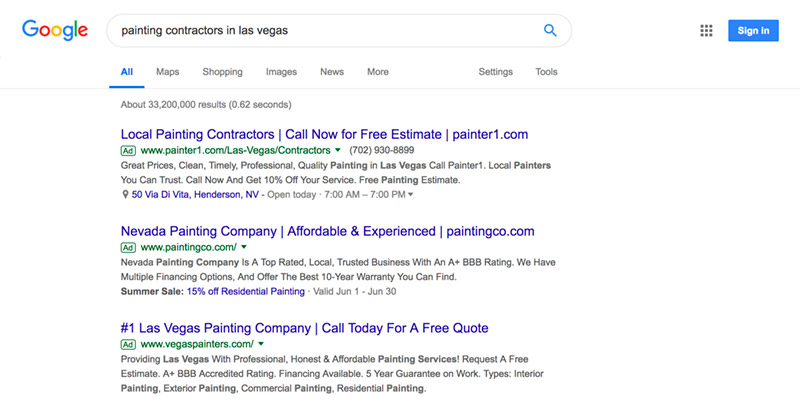
For example, in one ad, the call to action button may be blue. In a duplicate ad, that blue button is changed to green. Think of it as a race between the ads – which got more leads, the blue button or the green? Experiment until you find what works well, and then do more of that.
You can change other ad features, such as the headline, ad text, button text, images, and more.
Start Small and Grow Big
When you’re testing the waters of PPC, it’s okay to start small. Google doesn’t have a minimum investment, so you can run a short, inexpensive campaign to get a feel for the flow. You can also educate yourself further with the infinite array of information online about PPC advertising, although it can be overwhelming.
As you grow your knowledge and skills, you can start to run bigger ad campaigns with more powerful keyword strategies for more extended periods.
Also, know when it’s time to ask for help. Google Ads may bring a plethora of benefits, but it can also be time-consuming, taking your attention away from other areas of your business.
When you sign up with Ballen Brands, there are no contracts!!!